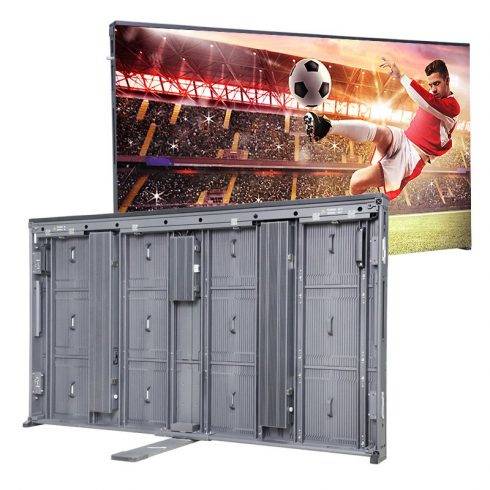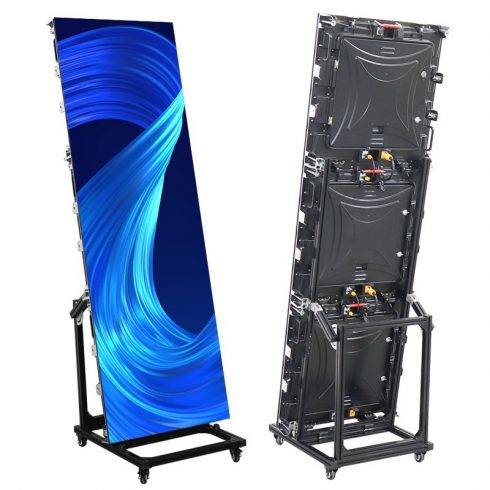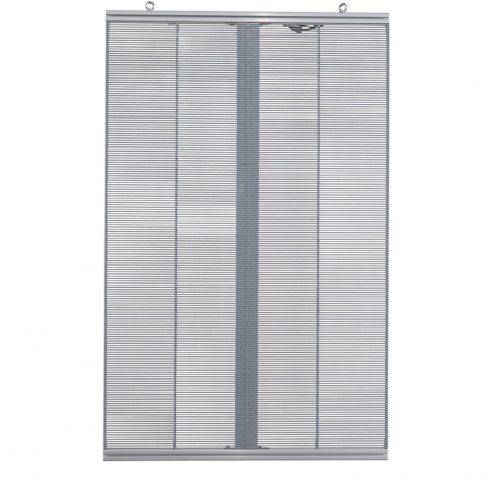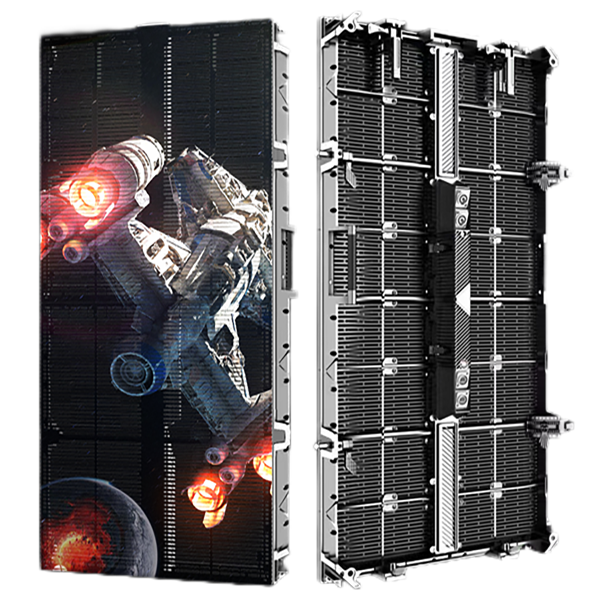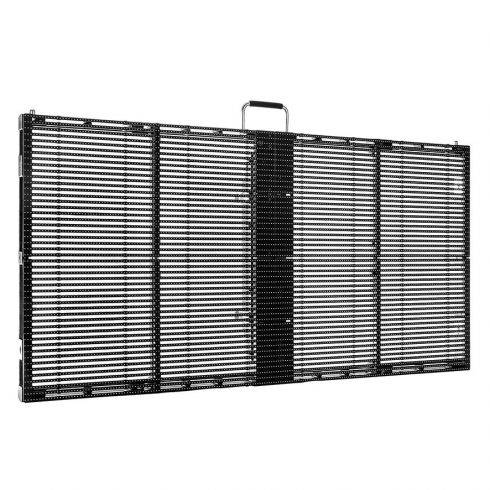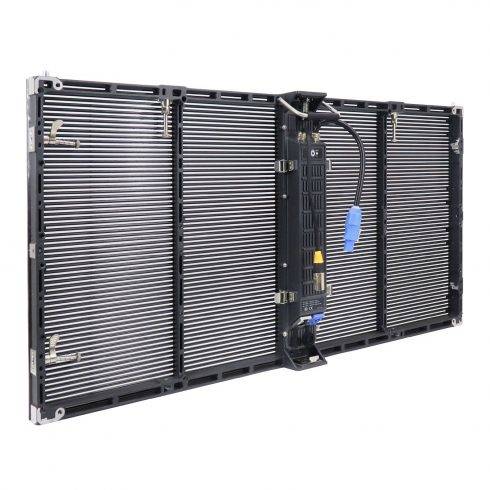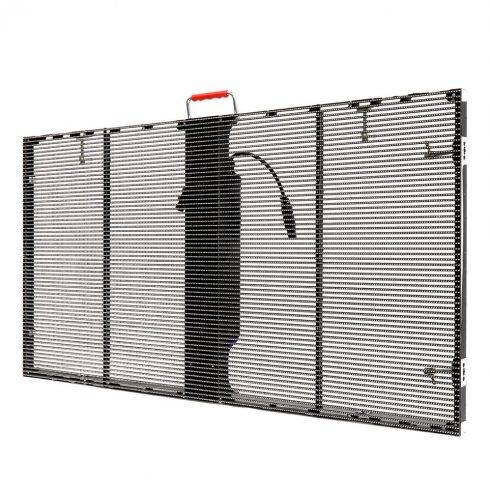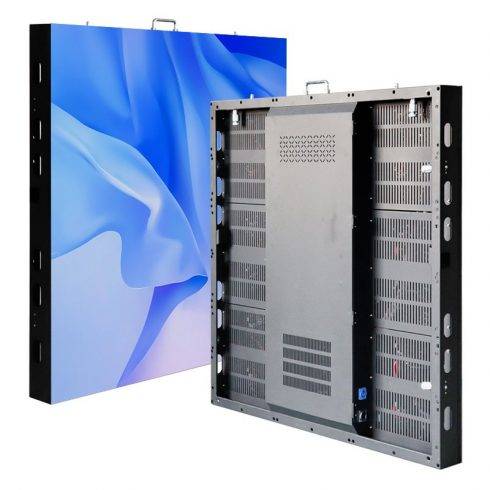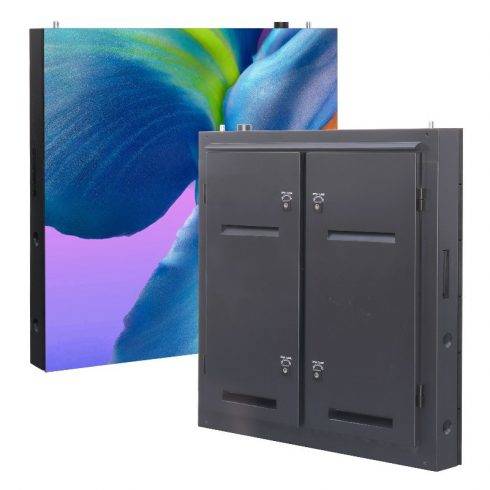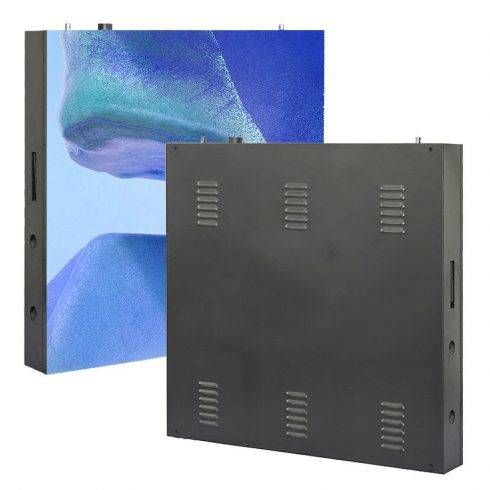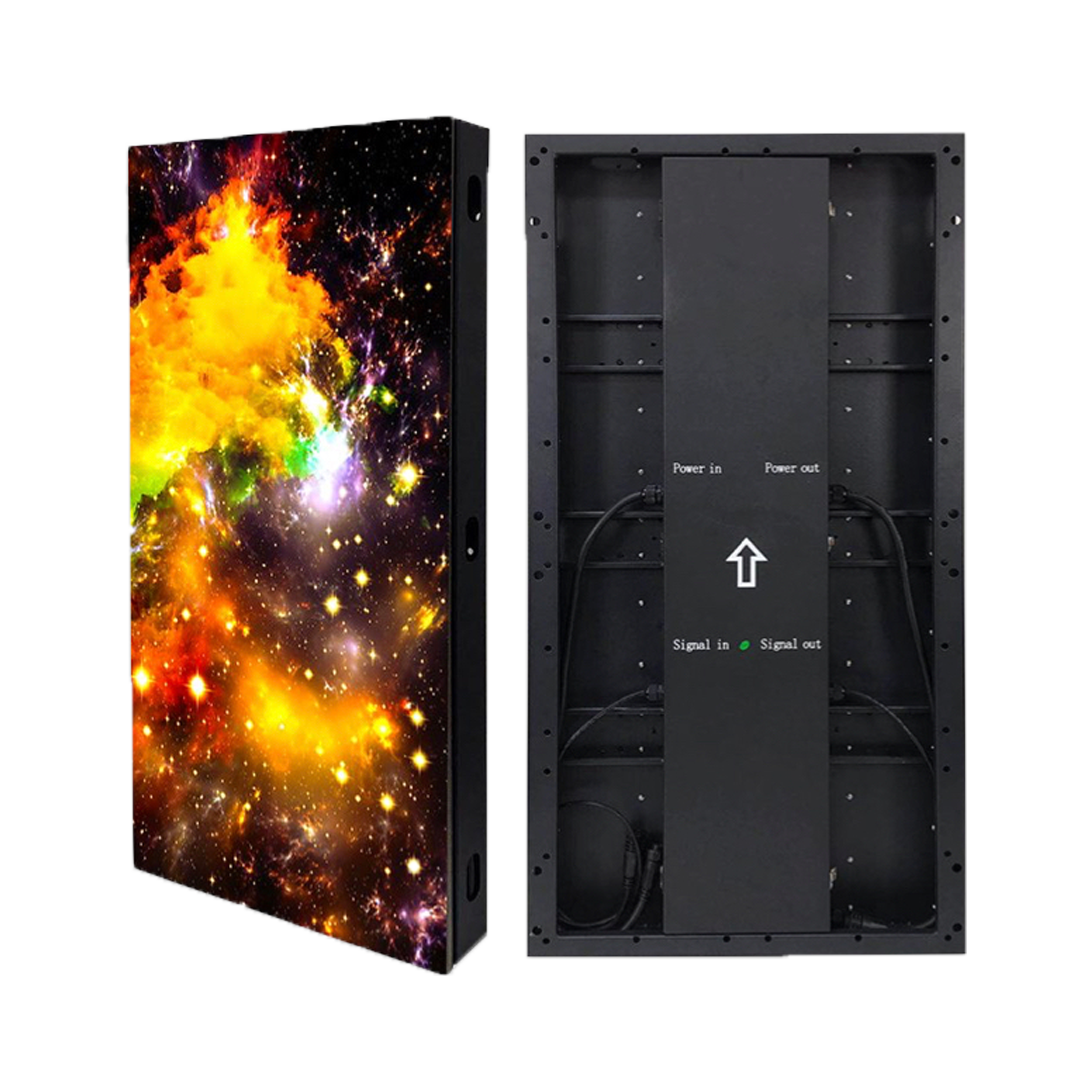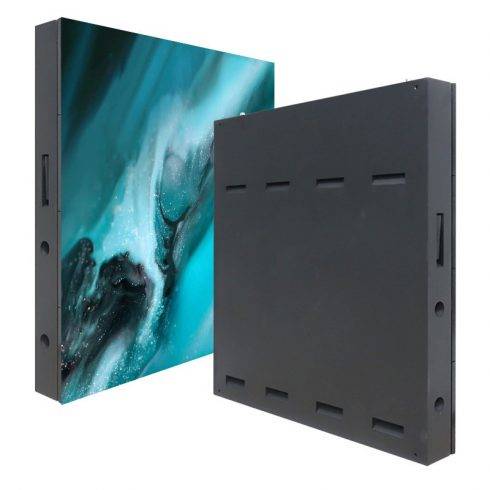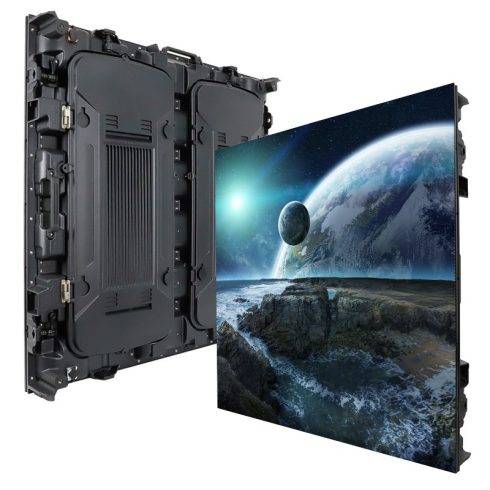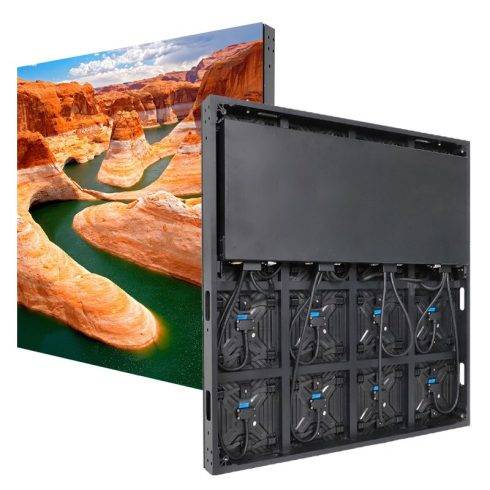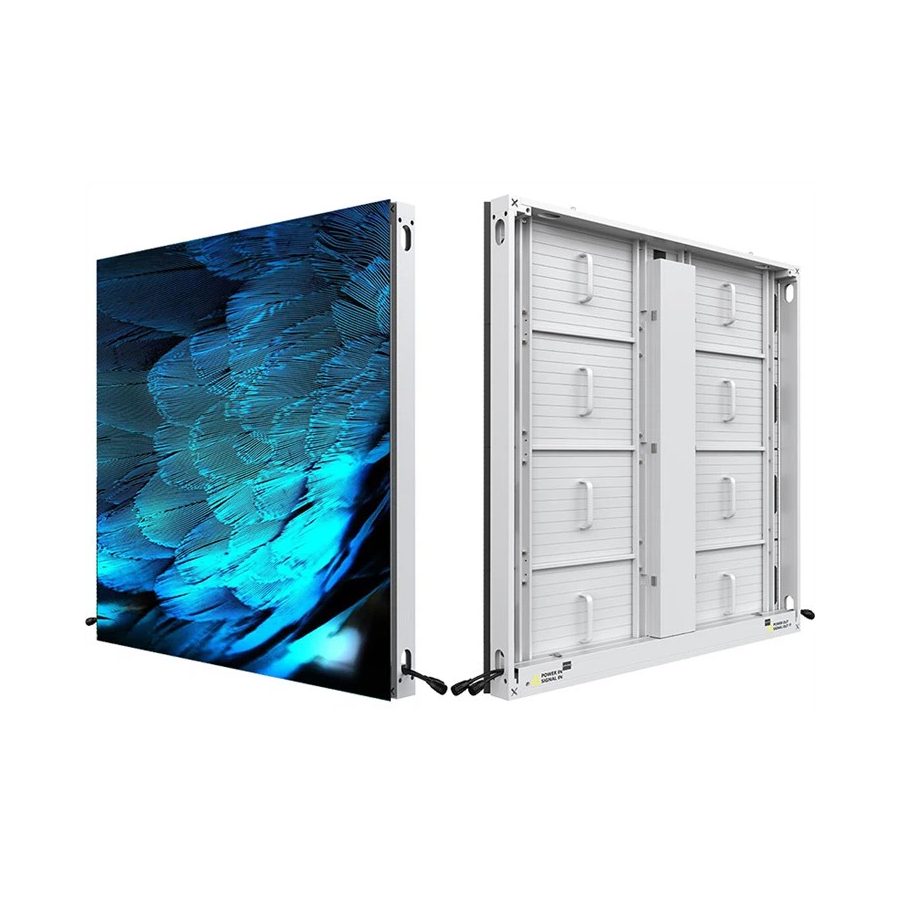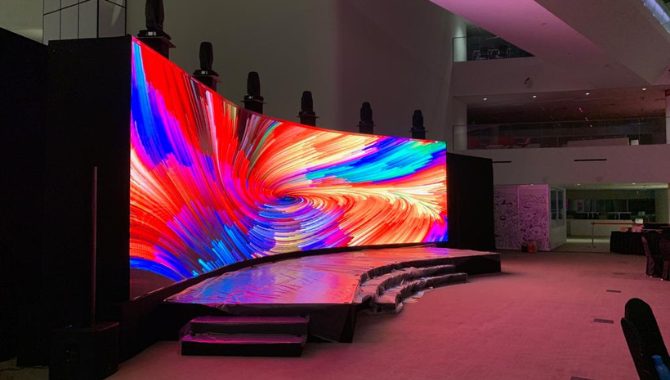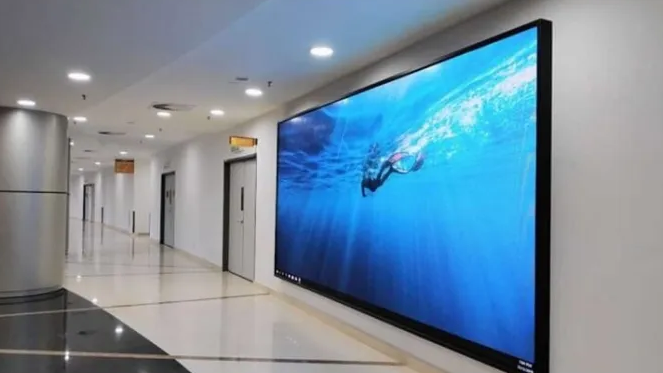Stadiums, being large-scale venues that host a diverse range of events, require high-quality visual display systems that can deliver clear, vibrant, and dynamic content to large audiences. Whether it’s displaying live game scores, broadcasting match highlights, or engaging the crowd with interactive graphics, stadium LED displays play a crucial role in enhancing the overall spectator experience. However, choosing the right LED display for a stadium is a complex process that involves various technical considerations and requires a clear understanding of the venue’s unique needs. This essay provides a comprehensive guide to selecting the ideal stadium LED display, covering key factors like screen size, resolution, brightness, viewing angle, and more.
1. Assessing the Purpose of the LED Display
The first and foremost step in choosing a stadium LED display is understanding its purpose. Stadiums utilize LED displays for different functionalities, such as scoreboards, advertising, live video feeds, or interactive fan engagement. The intended purpose significantly influences the display’s specifications.
- Scoreboards: These displays focus on providing clear and concise information such as scores, timers, and other game-related data. For these, resolution and text clarity are crucial, as viewers need to quickly interpret the information even from long distances.
- Perimeter Displays: Perimeter LED displays run along the boundary of the stadium field and are primarily used for advertising purposes. They need to have high brightness, excellent color reproduction, and fast refresh rates to display dynamic advertisements without flickering.
- Main Video Screens: The primary LED screens in stadiums are used for live video feeds, replays, and other content. These screens require high resolution, wide viewing angles, and a high contrast ratio to provide a visually engaging experience to spectators from all seating areas.
Understanding the specific role of each LED display ensures that the right parameters are prioritized during the selection process.
2. Determining the Appropriate Pixel Pitch
Pixel pitch, defined as the distance between the centers of two adjacent pixels, is one of the most important factors when selecting an LED display. It directly affects the resolution and viewing distance. The smaller the pixel pitch, the higher the resolution, which allows for finer image details and better viewing experiences at close distances.
- Small Pixel Pitch (≤ 5mm): Ideal for stadiums where the LED screens will be viewed from relatively close distances, such as in VIP areas or smaller indoor arenas. A smaller pixel pitch provides sharper image quality and reduces pixelation.
- Medium Pixel Pitch (6mm to 10mm): Suitable for displays that will be viewed from a moderate distance. It is often chosen for medium-sized stadiums or as secondary displays.
- Large Pixel Pitch (> 10mm): Commonly used for large outdoor stadiums where the audience is seated far away from the display. A larger pixel pitch reduces the total number of LEDs required, which can lower costs without compromising the quality of the viewing experience for distant spectators.
The pixel pitch must be chosen in conjunction with the screen size and viewing distance to optimize image clarity and reduce unnecessary expenses.
3. Calculating Optimal Screen Size
The size of the LED display should be based on the stadium’s layout, the average viewing distance, and the type of content to be displayed. Large screens are necessary in stadiums to ensure visibility from all seating areas, including the highest tiers.
- Main Display Screens: For main video screens, the general rule is that the screen height should be at least 1/10th of the distance from the screen to the furthest viewer. This ensures that the content remains legible and clear even from the back rows.
- Secondary and Auxiliary Displays: Smaller displays used for specific sections or VIP areas should be sized according to their unique location and purpose.
- Perimeter Displays: The height of perimeter LED displays should be sufficient to accommodate advertiser logos and text clearly, typically between 0.8 to 1 meter, while the length can be adjusted to cover the entire field boundary.
Calculating the screen size accurately helps in maximizing visibility and engagement without creating visual clutter.
4. Brightness and Contrast Ratio
Stadium LED displays are often exposed to varying lighting conditions, including direct sunlight, which can impact the visibility of the content. Therefore, brightness and contrast ratio are critical specifications.
- Brightness Levels: For outdoor stadiums, LED displays should have a brightness level of at least 5,000 nits to ensure visibility in direct sunlight. Indoor stadiums, on the other hand, can opt for lower brightness levels (around 1,000 to 2,000 nits) since ambient light conditions are controlled.
- Adjustable Brightness: Modern LED displays come with automatic brightness adjustment features, allowing the screen to adapt to changing light conditions. This ensures optimal viewing while conserving energy.
- Contrast Ratio: The contrast ratio defines the difference between the brightest whites and the darkest blacks on the screen. A high contrast ratio (typically 3000:1 or higher) is recommended for stadium displays to provide vibrant and easily discernible content.
The right combination of brightness and contrast ratio ensures that the LED display performs well under all lighting conditions, enhancing image quality and viewer satisfaction.
5. Viewing Angle and Distance Considerations
Stadiums have a wide seating arrangement, which means that the LED display needs to be clearly visible from various angles and distances. Viewing angle and distance are critical factors that affect how the audience perceives the content.
- Wide Viewing Angle: Stadium displays should have a horizontal viewing angle of at least 140° and a vertical viewing angle of 120° to ensure that the screen remains visible to spectators seated at extreme angles.
- Optimal Viewing Distance: The recommended viewing distance is determined by the pixel pitch. For instance, a display with a 10mm pixel pitch would have an optimal viewing distance of 10 meters and beyond. Choosing a pixel pitch that matches the expected viewing distance ensures that spectators see clear and sharp images without noticing individual pixels.
6. Refresh Rate and Response Time
The refresh rate and response time of an LED display determine how smoothly it can render moving content. This is especially important in stadiums where fast-paced sports are shown on screens.
- High Refresh Rate: A refresh rate of at least 3,840Hz is recommended for stadium LED displays to avoid flickering and provide a seamless viewing experience. High refresh rates are crucial for live video feeds and slow-motion replays.
- Low Response Time: Response time should be low (less than 2ms) to minimize motion blur and ensure that fast-moving content, like a ball in a football game, is displayed clearly without trailing effects.
7. Durability and Weather Resistance
Outdoor stadium LED displays are exposed to harsh weather conditions, including rain, dust, and extreme temperatures. Therefore, selecting a display with high durability and robust weatherproofing is essential.
- IP Rating: The IP (Ingress Protection) rating indicates the display’s resistance to water and dust. Outdoor LED displays should have an IP65 or higher rating for the front and back to withstand challenging environments.
- Operating Temperature Range: LED displays should also be able to operate within a wide temperature range (-20°C to +50°C) to prevent malfunctions in extreme weather.
Conclusion
Choosing the right LED display for a stadium involves a careful evaluation of various technical parameters to ensure optimal performance, visibility, and durability. By understanding the purpose, selecting the appropriate pixel pitch, determining the right screen size, and factoring in brightness, viewing angles, refresh rates, and durability, stadium operators can create an engaging visual experience for their audience. A well-chosen LED display not only enhances the spectator experience but also provides a reliable platform for advertisers, ultimately adding value to the venue and the events hosted within it.







